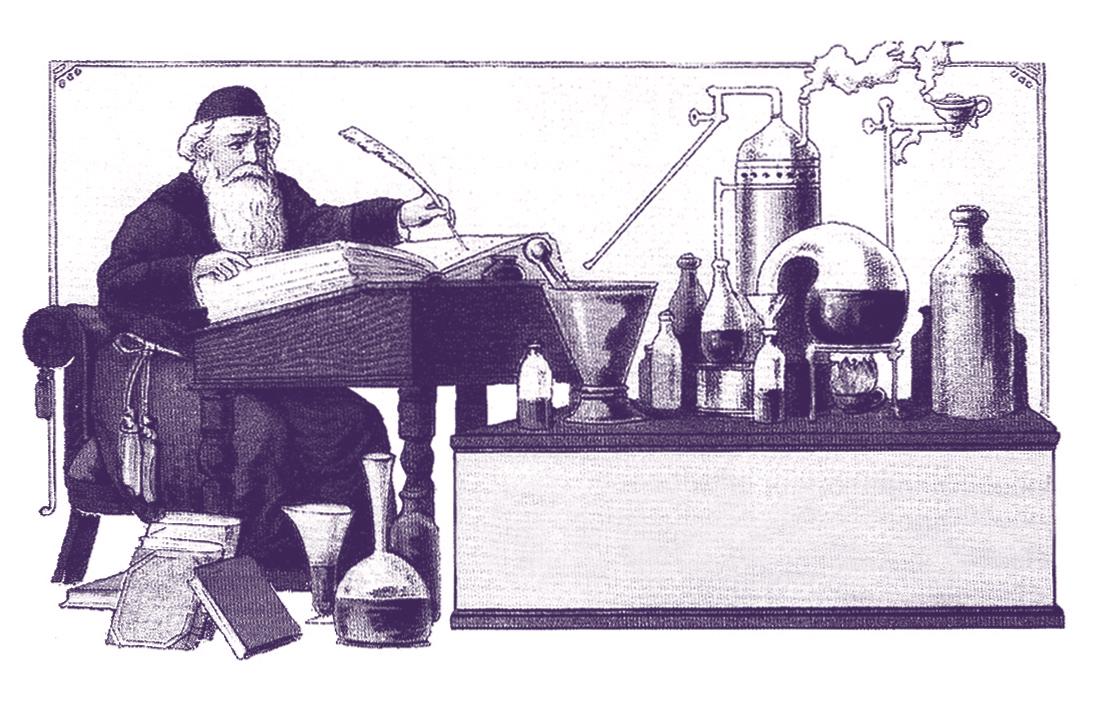42
September - October 2020
Bottles and Extras
Bottle Trademark Identifcation: A Key to the Past By Mike Polak
W
hen selling at bottle and collectibles shows, the most asked questions are: What make a bottle old? What makes a bottle valuable? But, the question that usually leads to a discussion about the importance of trademark identification is: How can I identify a bottle when it has no label or embossing? While bottle collectors rely on certain factors to determine age and value, such as condition, color, and rarity, in addition to mold types, seam lines, and pontil marks, trademarks are often overlooked. Trademarks can provide the collector with additional valuable information towards determining history, age, and value of the bottle, and provide the collector a deeper knowledge of the glass companies that manufactured these bottles. I have been collecting bottles for 47 years and on many occasions trademarks have been a big factor towards unlocking the mysteries of the past. An excellent example is depicted in Figure 1A & 1B, a common ($20-25) 1880-1890 “Amber Whiskey” bottle. The front and back are absent of a label or embossing, but embossed on the bottom is SF & PGW. Pacific Glass Works (PGW), founded in 1862 in San Francisco, California, was very successful but encountered financial problems years later. Carlton Newman, a former glass blower at PGW and owner of San Francisco Glass Works (SFGW), bought PGW in 1876, and renamed it San Francisco & Pacific Glass Works (SF &PGW). With that trademark, you have unlocked the mystery. Now, you know you have an 1880-1890 Whiskey bottle, manufactured by SF & PGW between 1876 and 1880, in San Francisco, California. Another great example is Figure 2, an Aqua Blue 1860-1870 “Union -Clasped HandsEagle With Banner” Whiskey Flask. While
Figure 1: A common ($20-25) 1880-1890 “Amber Whiskey” bottle, but embossed on the bottom is SF & PGW
there is the embossing of the Stars above Union, TwoHands Clasped, and an Eagle and Banner, it doesn’t appear to provide any additional information. Or, does it? What about the letters “LF & Co” embossed in an oval frame under the Clasped Hands, and, “Pittsburgh, PA” on the reversed side under the Eagle and Banner? Author Jay W. Hawkins, “Glasshouses & Glass Manufacturers of the Pittsburg Region, 1795-1910”, researched the mark as Lippincott, Fry & Co, 1864-1867, (H.C. Lippincott and Henry Clay Fry, Operators of the Crescent Flint Glass Co.) This Civil War era bottle, circa 1864-1865, was made after Fry returned from military service with the 5th Regiment of the Pennsylvania Cavalry during the Civil War where he served since August 1862. Now, you have Figure 1B: Common 1880-1890 Whiskey Bottles – Trademark SF & PGW



















